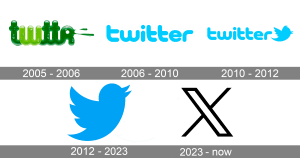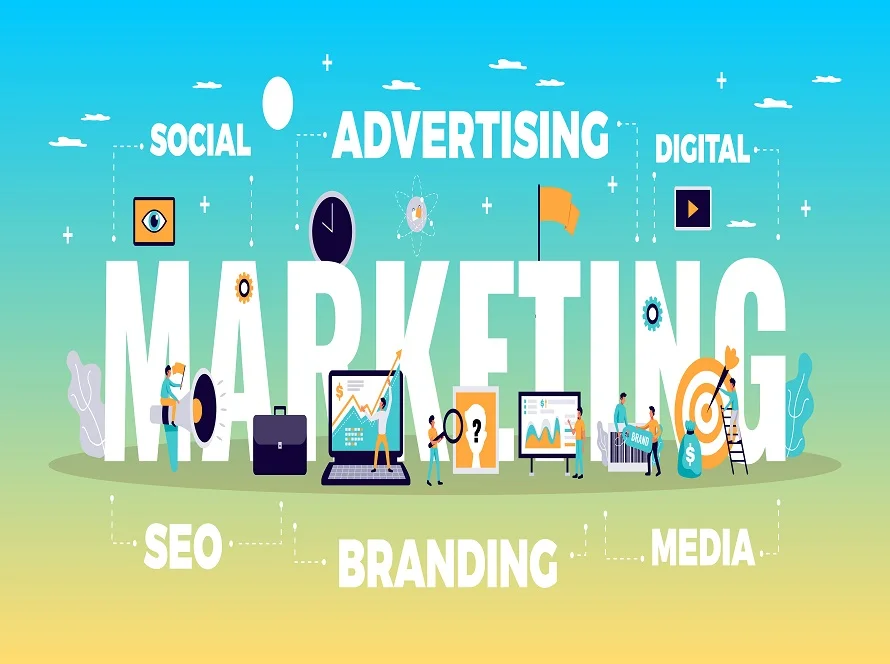The Fad of Twitter’s Branding: Understanding the Importance of Logos for Companies
Introduction
Companies constantly review their brand identities to stay current and draw in their target market in the ever-changing digital ecosystem. Twitter, a major player in social media, is no different. Twitter has experienced a number of name and logo changes throughout the years, reflecting its expansion and adjusting to the needs of the digital age. In this article, we’ll examine how Twitter’s changes to its name and logo have affected its brand before delving into the relevance of logos for other businesses, such as Dovelp, an IT firm that provides services in digital marketing, web development, app development, and web hosting.
The Development of Twitter’s Name and Logo
A straightforward and recognisable blue bird serving as a symbol for tweets and communication launched Twitter in 2006. The platform’s brand identity expanded along with it. In 2010, Twitter unveiled its first iteration of its logo, which kept the bird motif but was cleaned up and given a more contemporary design.
Twitter underwent a huge transformation in 2012 when it dropped its entire name in favour of the simpler, more streamlined “Twitter” wordmark, further enhancing its position as a recognised global brand. In 2019, Twitter announced a new logo with minor changes, adopting a stronger and more approachable form without losing its core identity.

Twitter to X
As a bold move, Twitter has begun a transformational journey by bidding adieu to its classic blue bird logo and embracing a sleek, new mark in the form of the letter “X” in a daring move that has caught the attention of its sizable user base. This graphic revamp deviates from convention and relates to the platform’s goals of reinvention and development. The “X” represents the intersections of thoughts, conversations, and connections that Twitter creates, enabling users to investigate a wider range of viewpoints and participate in more complex discussions.
A rebranding that involves the platform’s name change from “Twitter” to just “X” goes along with this change in logo. This succinct name captures the spirit of brevity for which Twitter has long been known, as well as a renewed dedication to clear and compelling communication. Twitter is asking users to join it on this exciting transformational journey by removing its well-known blue bird logo as a symbol that it is ready to accept change and adapt to the rapidly changing digital landscape. The platform now known as “X” aspires to maintain its status as a focal point for international discourse while encouraging an attitude of openness, discovery, and connection that goes beyond its former identity.

The Value of Logos to Businesses
The foundation of a company’s brand awareness is its logo, which acts as a visual representation of its identity. For organisations like Dovelp, logos are essential for the following reasons:
Brand Recognition: A well-designed logo immediately communicates the essence of a business and leaves a lasting impact on the audience. Customers are more likely to trust and be loyal to a business when the emblem is easily recognisable.
- Differentiation: A distinctive logo helps a business stand out from its rivals in today’s congested marketplace. It can convey the business’s distinctive value proposition and philosophy, differentiating it from competitors In the field.
- Professionalism: A well-designed logo conveys the firm’s dedication to excellence and high standards. It conveys that the business values its brand and is committed to providing high-quality products and services.
- Emotional Connection: Logos possess the ability to elicit feelings and associations with a business. A skill-fully designed logo can build a deep emotional connection with its intended audience, whether that relationship be one of happiness, trust, or excitement.
- Versatility: A strong logo may be applied to a variety of marketing mediums, both online and offline, maintaining uniform branding and messaging.

Does Changing a Company’s Name or Logo Increase Profit or Decrease It?
Businesses sometimes consider the potential effects on their financial line when changing their names or logos. Although there is no one solution that works for everyone, let’s look at several circumstances where such modifications might result in greater profit or loss.
Successful Rebranding Case Studies:
Many businesses have successfully rebranded, with good results. A properly performed logo or name change may revitalise a brand, draw in new customers, and help the business stay on track with its revised mission. Successful rebranding examples include Apple, Starbucks, and Google, all of which saw a gain in market share and profitability after changing their names and logos.
Brand Consistency Is Important:
A hurried or ill-thought-out logo update might mislead customers and damage brand identification. To ensure a smooth transition and prevent alienating devoted clients, it is crucial to retain consistency while making any adjustments. Twitter’s methodical and steady approach to its logo evolution is evidence of this idea.
Customer Opinion:
When considering a logo or name change, businesses must take the perception of their target audience into account. Finding out how the change will be perceived can be gleaned via market research and feedback from current customers.
Adhering to the Digital Age:
A logo today needs to work on several digital platforms and screen sizes. A corporation may need to modify its logo if it appears pixelated or out of date in order to remain competitive.
Conclusion
In conclusion, Twitter’s experience with changing its name and logo illustrates the importance of periodically reassessing a brand’s identity to remain relevant to shifting markets and audiences. For businesses like Dovelp, a well-designed logo is crucial for boosting brand awareness, encouraging customer trust, and differentiating the business from rivals.
A fresh name or logo might increase revenue by enticing new clients and reviving a brand, but there are also some downsides. When thinking about such changes, careful preparation, market research, and an emphasis on brand consistency are vital.
Recognising the impact of logos on brand perception and successfully using their power will remain crucial for success in the constantly-evolving business world as organisations traverse the digital terrain.




2 Comments
admin
good information
admin
good information
Comments are closed.